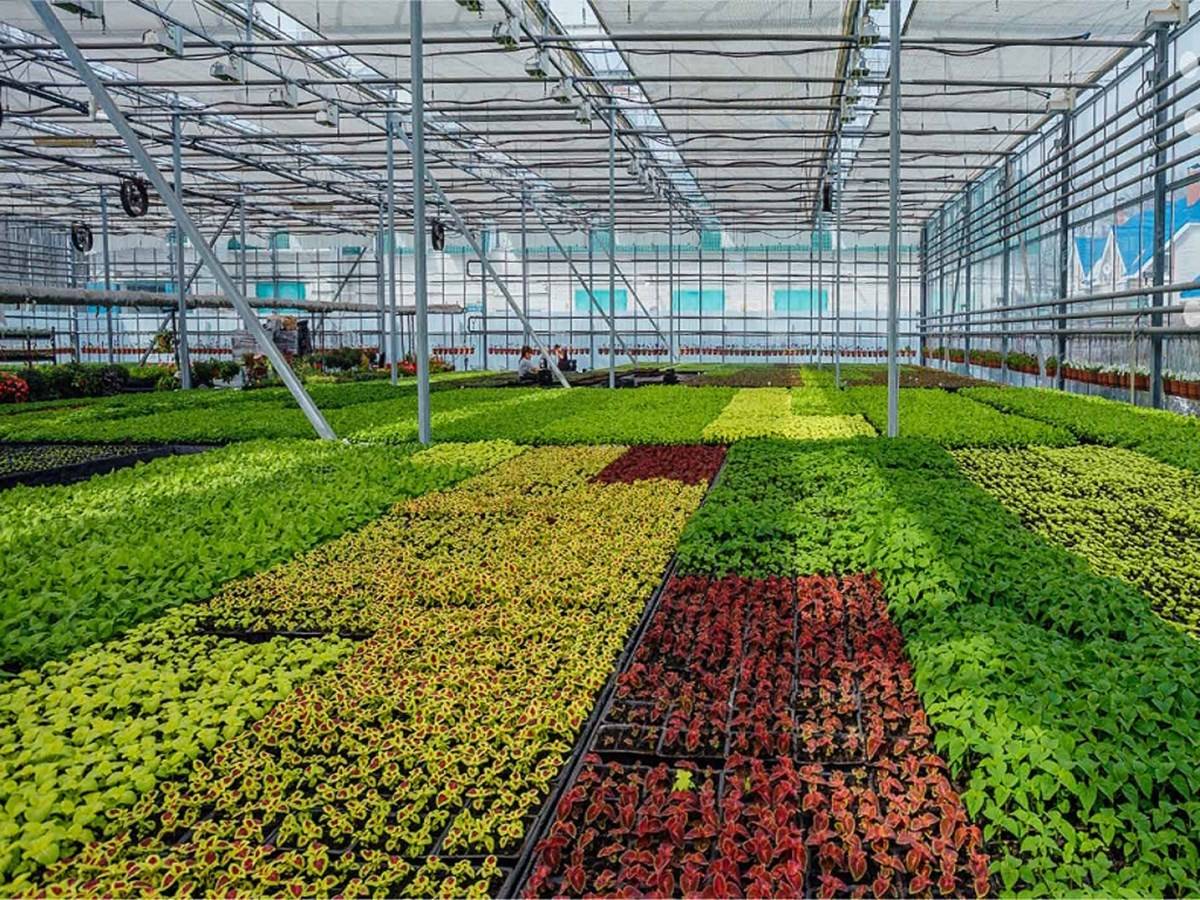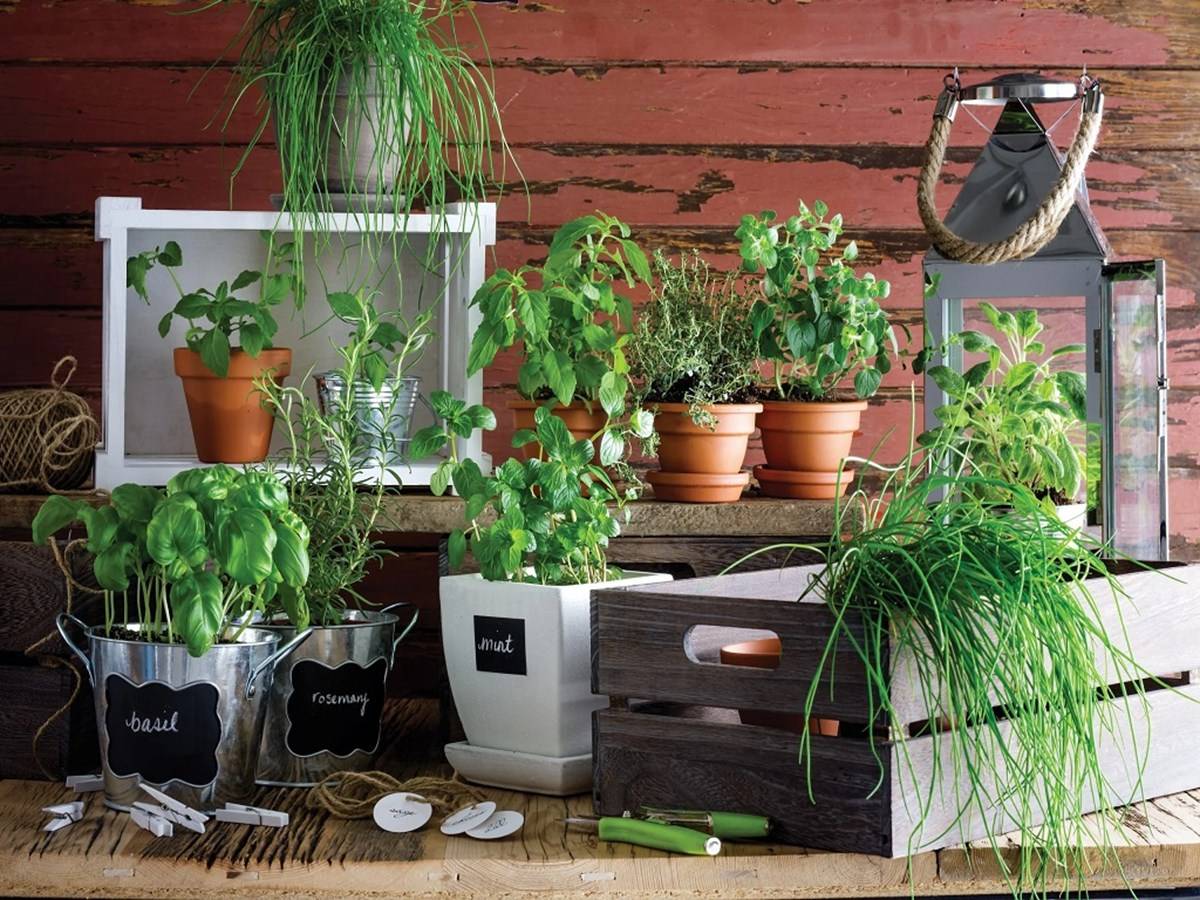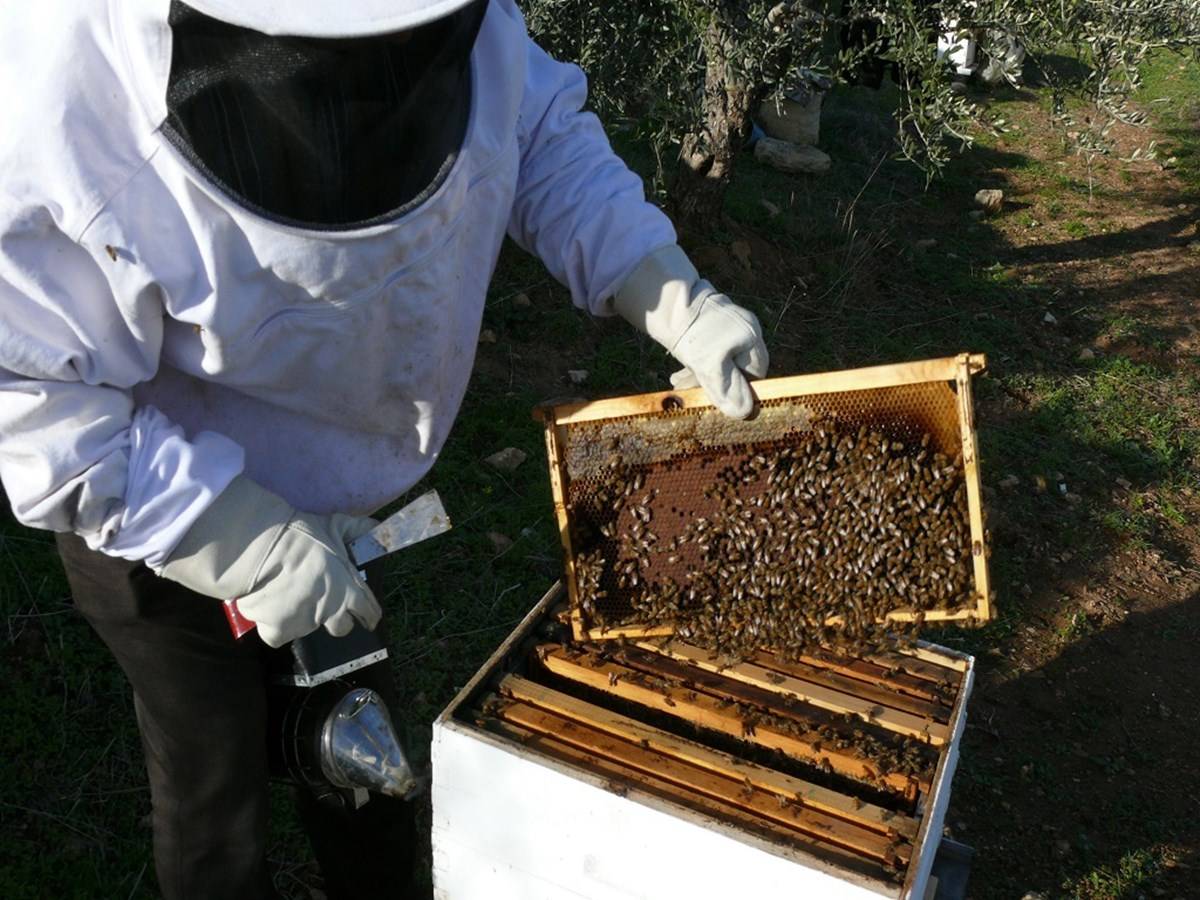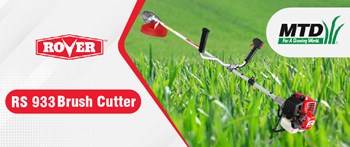
With the development of technology, farmers now have more opportunities to start successful businesses. Small farms are now considered as potentially profitable business opportunities in both rural and urban areas. When selecting lucrative businesses, entrepreneurs should take into account concepts like rooftop gardens, microgreens, and bee farms.

Here are 7 of the best small farm ideas to think about in 2023:
Dual Crop Farming
There are two types of multiple cropping: mixed cropping and intercropping. While intercropping refers to growing various crops close by, mixed cropping refers to growing two or more types of crops in the same area. Because it maximizes the use of resources like tools, soil, and water as well as agricultural tools and supplies, dual crop farming is very popular among farmers. It also increases the output of a small farm year-round.
Farmers appreciate that it lowers their chance of complete loss due to disasters, drought, pests, and diseases.
Herb Gardening
People are increasingly more aware of the ingredients they use in their food and value how these plants enhance the dining experience. When beginning your own herb garden, focus on variety and pick the plants that are in high demand so they will be simple to sell. You can start a herb business by selling cut herbs, plants, seeds, or all three at small roadside sales from your backyard. The seeds and plants can also be sold online.
Microgreens Farming
Microgreens are young vegetables or baby plants that are one to three inches tall and have been growing for 10 to 14 days. They are the little edible veggies that are served in salads or as a garnish in dishes in restaurants. They're in high demand because consumers value their aesthetic appeal and health advantages. Because microgreens are simple to cultivate, they can be harvested quickly, and the business requires little investment, new farmers should take it into consideration.
They are also regarded as a highly profitable investment because they can be cultivated in a tiny space, even indoors, and sold to restaurants for a good price.
Aquaponics
A farming technique called aquaponics combines hydroponics (cultivating plants in water) and aquaculture, which is the raising of aquatic animals. This means that less water and land are needed for farmers to grow their crops. Given that it is known to produce crops more quickly and in greater quantities, this translates to a reduced investment cost and greater potential for profit. Beginners are advised by experts to start small and increase as they become more adept at maximizing their production.
Rooftop Tea Garden
In cities, making the most of available space is important, and this includes finding additional room to plant greenery in order to balance the air quality. Although metropolitan regions already have a lot of rooftop gardens, there are still a lot of things you can try and turn into a business. Creating your own rooftop tea garden is one of them. A variety of medicinal and aromatic herbs and greens can be grown and sold directly to customers.
Another choice is to get a partner to help you in opening a small coffee and tea store right on the rooftop. Partners maybe someone who knows how to open a coffee shop or someone with access to a rooftop so you can invest less money.
Before creating your rooftop garden, there are certain important aspects to think about:
Review building codes: To find out if there are limitations on establishing rooftop gardens in your area, check with your local authorities. Additionally, find out whether there are any restrictions that can apply to the type of business you wish to start.

Track the amount of exposure to the elements the roof receives: If you want to cultivate your tea garden effectively, it's important to get enough sun and wind exposure. Make sure your plants will receive adequate amounts of sunlight, shade, and protection from strong wind gusts; it's a good idea to include solutions for these problems in your business plan.
Determine the loading capacity of your rooftop: Rooftops do have a maximum limit to the weight they can hold, so it's important to be aware of this information and take it into consideration while planning your garden. Consult a structural expert who can determine this information precisely and maintain the security of the structure and your company.
Starting your own rooftop tea garden can be a lot of work, but once you've done it, there are so many potential niche opportunities that it's worth exploring. For an original company concept, beginners should do their research and seek inspiration from existing tea (or another garden) owners.
Mushroom Farming
Even in the harshest environments, mushrooms can grow in the wild, so growing them is not too difficult. Knowing which mushroom strain to grow and how to increase production so you can become a reliable supplier to other businesses are key to starting and running a successful mushroom farm.
Some of the most sought-after varieties of mushrooms on the market include oysters and shiitake. For a much bigger yield, they can be grown indoors in a controlled environment. Mushrooms may be grown and harvested in about six weeks on average, making them ready for sale.

Bee Farming
The initial investment required to start apiculture or beekeeping is relatively inexpensive. With $500 to $1,000, beginner beekeepers can start running a bee farm. With this amount of startup money, they can sell honey and other popular consumer products like beeswax, pollen, royal jelly, and royal jelly.
Superfoods like royal jelly and bee pollen carry a high cost. Your initial group of bees can be obtained in a variety of ways:
Catch a swarm: If you reside in an area where bees are frequently encountered, you may choose to catch a swarm on your own for no cost.
Buy a bee package: A young, mated queen bee and around 3 pounds of bees make up this package. Around April, large bee farms frequently sell bee packages for roughly $120 each.
Nucleus hive: Usually consists of a box containing five bee frames, pollen, nectar, and a viable, laying queen bee. They are offered for roughly $150 from April to June.
Full hive: Basically, this refers to a whole hive setup, including a colony, which large beekeepers sell to beginning bee farmers for about $300 each.
Split hive: When several frames of an existing colony are transferred to a new box with a new queen, split hives are formed. Typically, they go for about $200 each.
Beginner beekeepers are advised to buy a nucleus hive since it enables them to learn the fundamentals of beekeeping and nurtures the hive's development. Additional tools like protective clothing, hive tools, a bee brush, and a honey extractor will also be needed.









